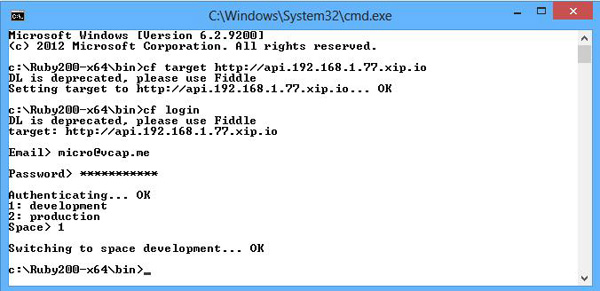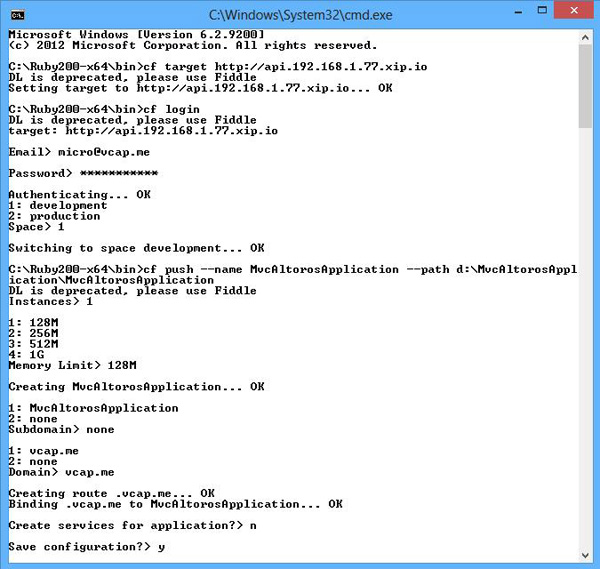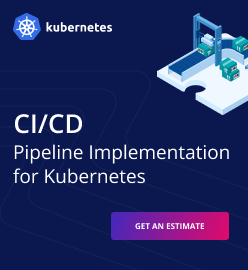How to Deploy a .NET Application on Cloud Foundry v2
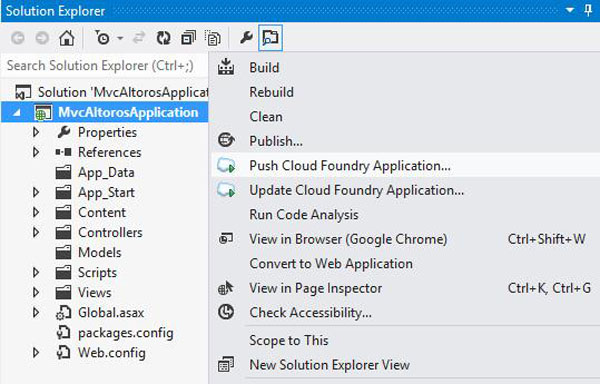
In June 2013, Cloud Foundry v2 became available to public. While this PaaS platform has out-of-the-box buildpacks for running Ruby, Java, and Node.js applications, its infrastructure is available for .NET developers via Iron Foundry, an open-source toolkit supported by Tier 3. However, neither Cloud Foundry Explorer nor Visual Studio Extension are available for Cloud Foundry v2 at the moment, so the only way to enable a .NET application on the PaaS is using a command line. This blog post describes how to do that and announces the library that Altoros is working on together with Tier 3 to fix this issue.
Cloud Foundry Explorer and Visual Studio Extension
The .NET toolkit for Cloud Foundry v1 (Iron Foundry) included Cloud Foundry Explorer and Visual Studio Extension. These solutions provided a user-friendly interface for running and managing cloud instances. Cloud Foundry Explorer automated deployment tasks and allowed for setting up and running .NET applications almost with a single click. You can install Cloud Foundry Explorer as a desktop application or use Visual Studio Extension that would integrate into Visual Studio and enable you to push code directly from your IDE.
 Launching a .NET app with Cloud Foundry Explorer
Launching a .NET app with Cloud Foundry ExplorerDevelopers are able to choose the number of instances and a memory limit, then click “Push,” and the application will be running on Cloud Foundry.
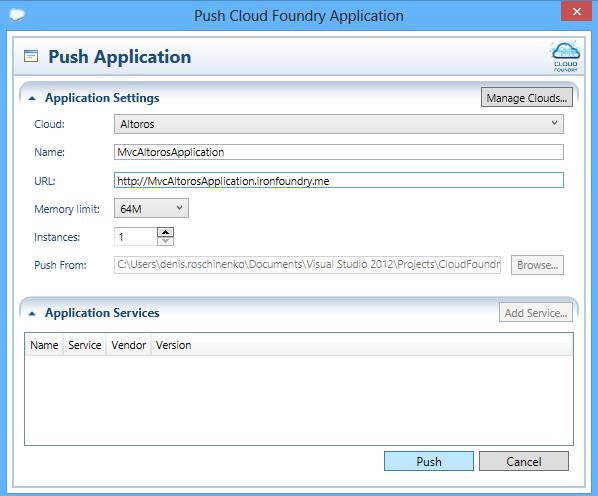 Cloud Foundry Explorer settings
Cloud Foundry Explorer settingsSince Cloud Foundry v2 uses a new model to deploy, stage, isolate, and route applications, it will take time to update the GUI clients for this version of the PaaS. The approximate date of the new release hasn’t been announced by the project’s team yet.
To simplify deployment routines for .NET developers, our engineers are now cooperating with Tier 3 to create the VCAP client library. This tool will provide a number of methods for managing .NET apps and will allow for creating any visual client similar to Cloud Foundry Explorer. The library will be released next week, so at the moment developers still have to use the command line. Below is a how-to guide to assist you in this.
Running .NET applications on Cloud Foundry v2
To push your application to Cloud Foundry v2, proceed with the following steps.
Select a target with cf target.

Login to target using cf login.
Deploy an application by running cf push.
You also have to know the correct configuration settings and parameters for all of these operations. For more details on Visual Studio Extension, please check the project’s GitHub repo.
Further reading
- .NET on Cloud Foundry, Part 1: Installation on Windows and Using Iron Foundry
- .NET on Cloud Foundry, Part 2: Prototyping with Iron Foundry
- .NET on Cloud Foundry, Part 3: Deploying a MapReduce Application with Mono



